Assignment 06_3D scanning and printing

01 test the design rules for your 3D printer(s) (group)
In Fab Lab Santiago we have a MakerBot Replicator 2, Formlabd Form 2 and Sindoh 3D Wox. This week the Makerbot was under maintenance, so we use the Sindoh.
Sindoh Specifications:
- Print Technology: FFF
- Print head: Single Nozzle
- Nozzle Diameter: 0.4mm
- Max Build size (WxDxH): 200 x 200 x 185mm (7.9”x7.9”x7.3”)
- Material: PLA, ABS
- Connectivity: USB Flash Drive, Ethernet, WiFi, USB Cable
- Layer Thickness: 0.05 ~ 0.4 mm
For test the printer, we download a file from Instructables, with different shapes to analyze how the machine was printing. The object was printed in standard quality and without supports.
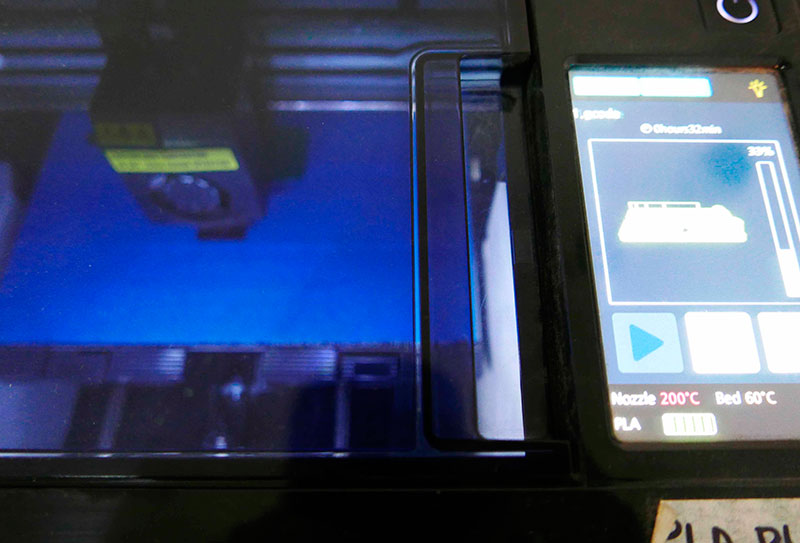
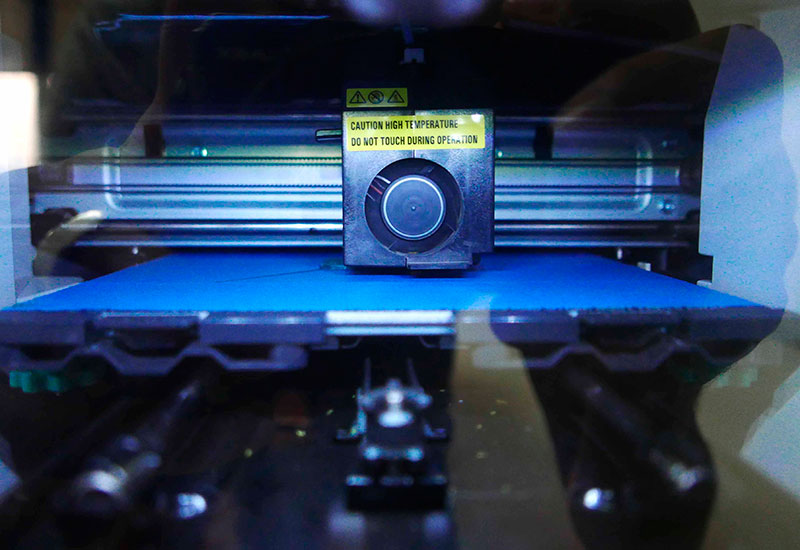
The printing was excellent. The only parameter that should improve it is the filling of small spaces when it prints very small bas-reliefs, as it is in the case of letters and numbers. It was impressive to realize that the machine can print up to 16 mm in the air without needing supports.

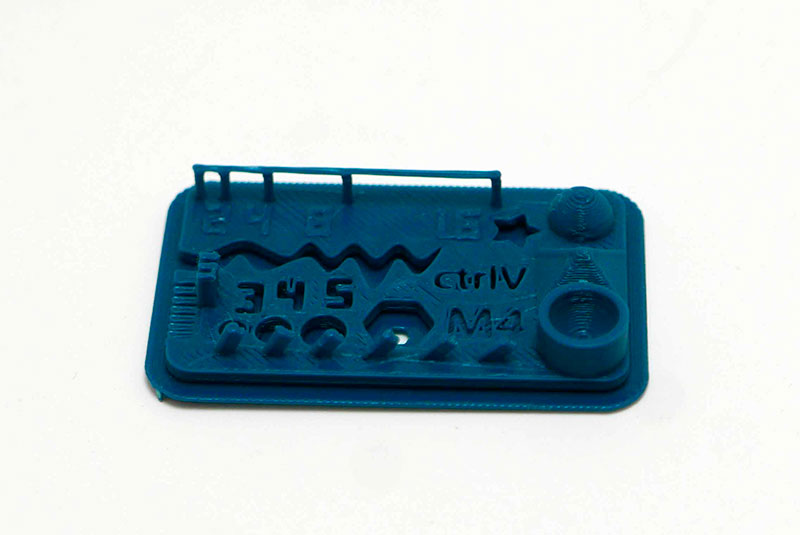
3D print VS 3D model
- The machine can print up to 16 mm in the air without needing supports.
- The external geometry it was 50,5 c 30,5mm, very close to the original 50 x 30mm of the 3D model.
- Print very good the angles without support. Even the one of 45 degrees.
- Those that presented more difference were the interior voids. The numbers 3, 4 and 5 were in the model of 0.96 mm, but the 3D print was of 0.7 mm.
- Also, as you can observe in the pictures on the left side, the machine prints the "cuts" of the object until the one that was of 0,3 mm. Couldn't print well the 0,2 and 0,1 mm.
I attach the Simplify3D website where you can learn from the more usual problems in 3d printing and how to fix them.
02 design and 3D print an object
For printing, I decide to design a simple object but test the capacity of the machine to print little and thin objects. Also, that where two part of the object that doesn't overlap so that it would be a complex object made subtractively.
So I design a bird in a cage, where I could move the bird. I model the cage, but I download the bird from Thingiverse.


The first attempt wasn't very successful because the objects were to close, so when I print the cage, it couldn't move. Also was very difficult to remove the supports between the bars, and two broke while I was taking them out.
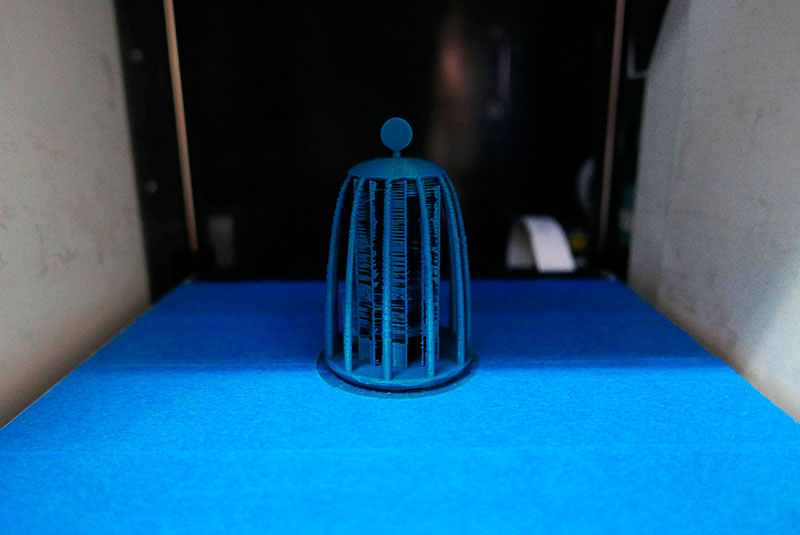


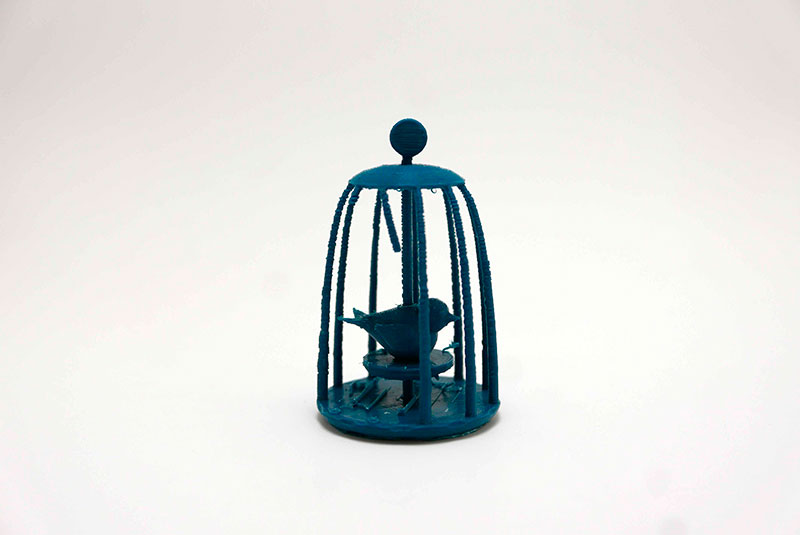
I change the mechanism that moves from a flat circle to a sphere. I think would be easier to print without overlapping because they need fewer supports.




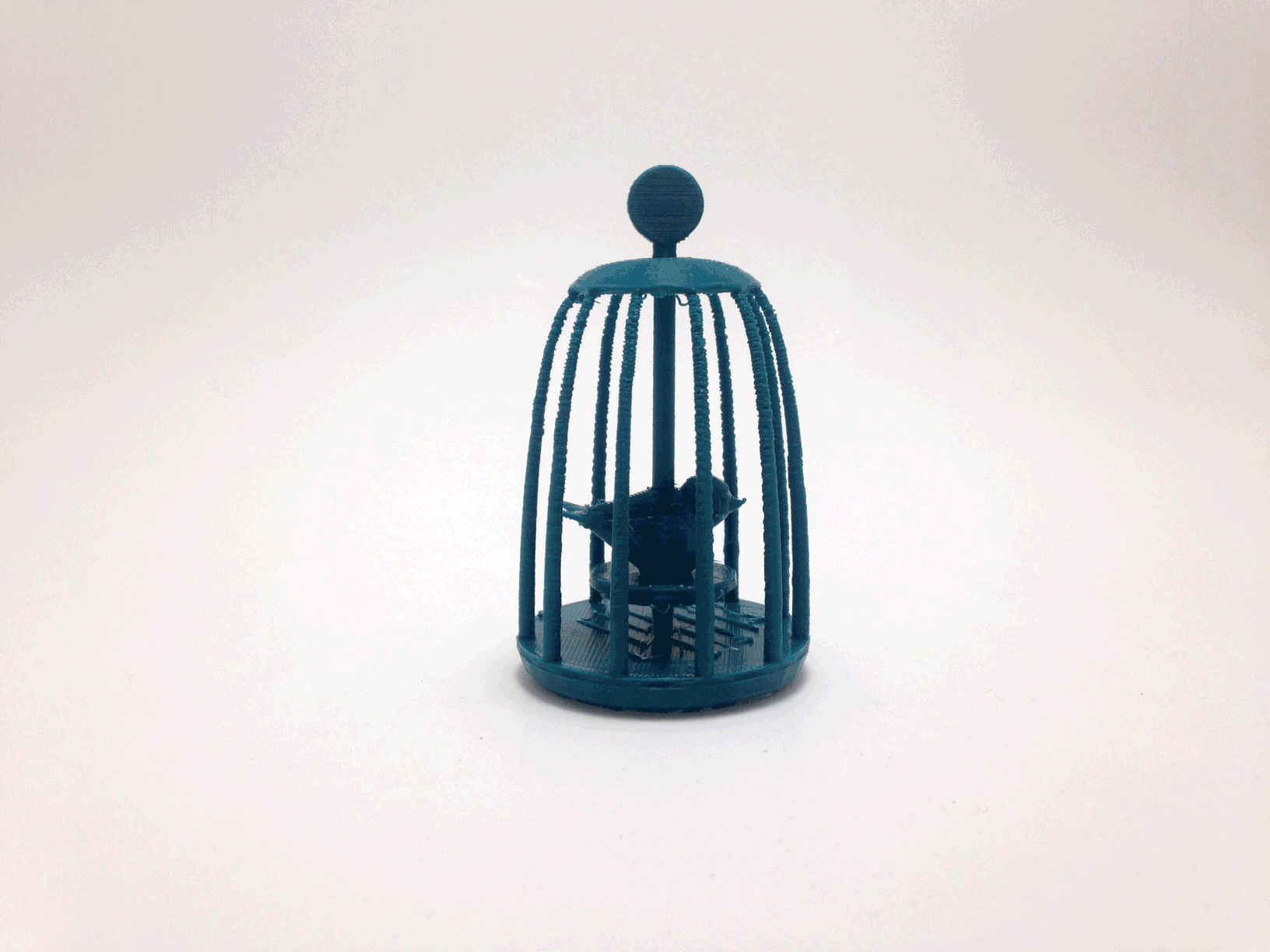
3D scan an object
At first, I wanted to use the Kinect Xbox 360 to scan someone and printed in the 3d printer. I download Skanect because was the one that I read that works well with the Kinect. The problem was that the software didn't detect the Kinect. So I search for the OpenKinect project to understand which was the problem. I install through Homebrew a package that could fix the problem, but the software still doesn't detect the Kinect. I search in many blogs, and I found that the problem was the model of my Kinect, that was de 1473 model. This model has issues with the computer and the software detect it, so I have to search a new software for scan an object.

So I search scan apps for phones, and I found SCANN3D, an app for Android.
Scann3D deploys patent pending photogrammetry technology to enable true 3D model capture and reconstruction for smartphones and tablets. The bad information is that is a trial and ask you to pay for using it; you just can use for free 3 days.
The scanner didn't work very well. Makes the 3D model and also linked with the images, but the result was awful. The geometry is very angular, you can't recognize without the pictures of the scanned person.


The app helps to get an idea of what you need for scanning. First, you have to surround the object you want to scan by taking several pictures where the application will guide you if they are right or wrong (green dots appear when the photograph is correct). The object must be still. Afterwards, the same application processes the images and gives you the option to download the .svg, .ply, .pdc file, and one where you can observe it linked with the photographs.
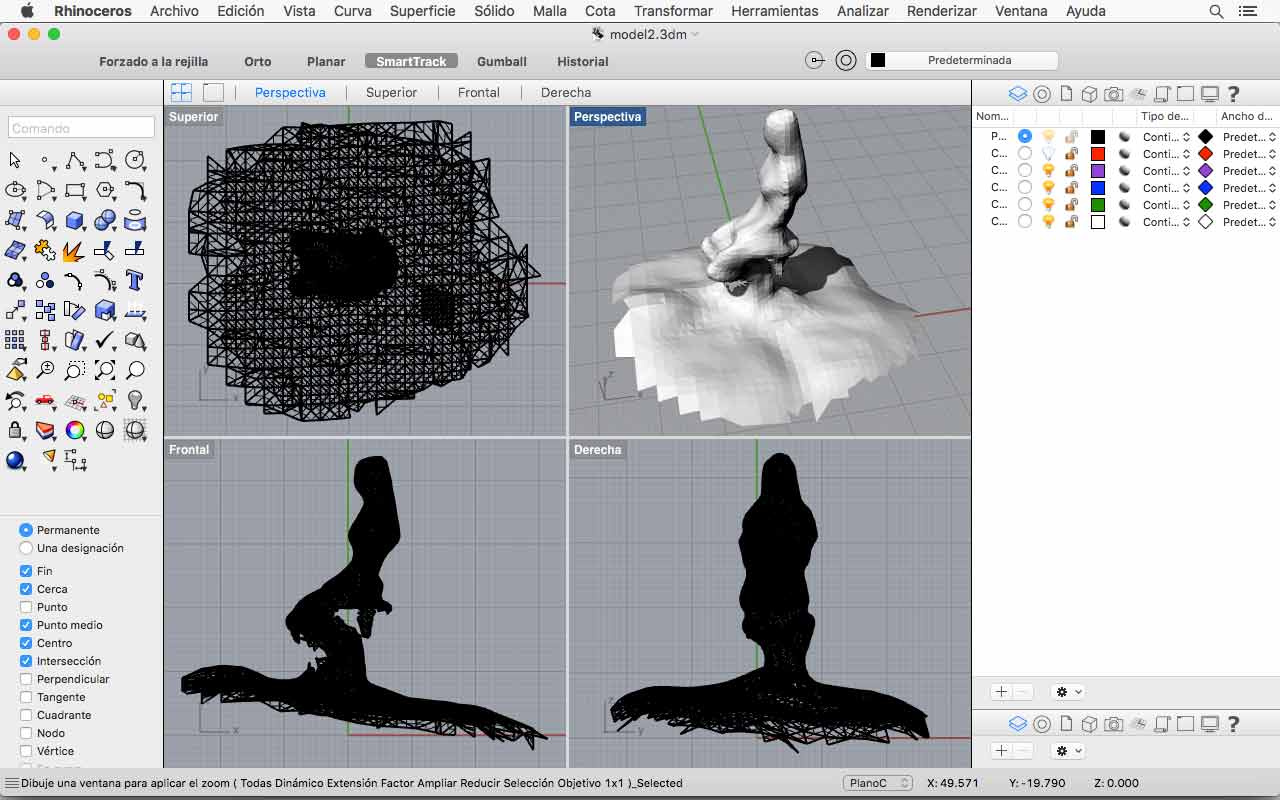
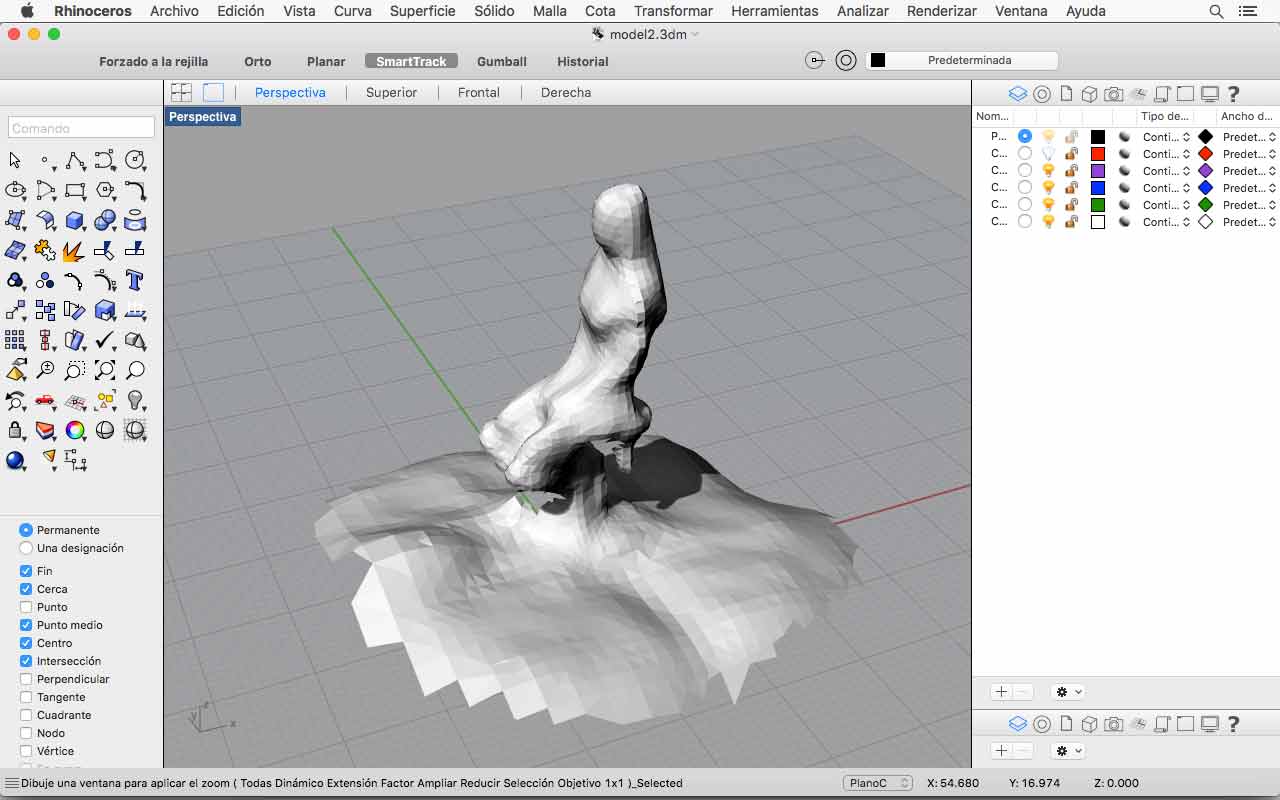
After a while, I had the opportunity in a Sinestesia event to use a Kinect Xbox 360 with the Skanect software. I could scan one person, then I load the file to Meshmixer to close the volume and cut the base to make it flat for a easier printing.
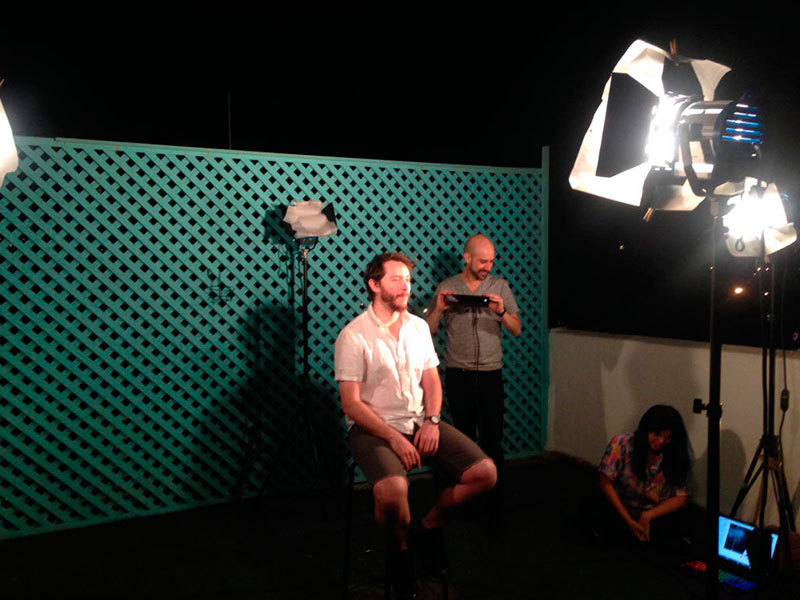
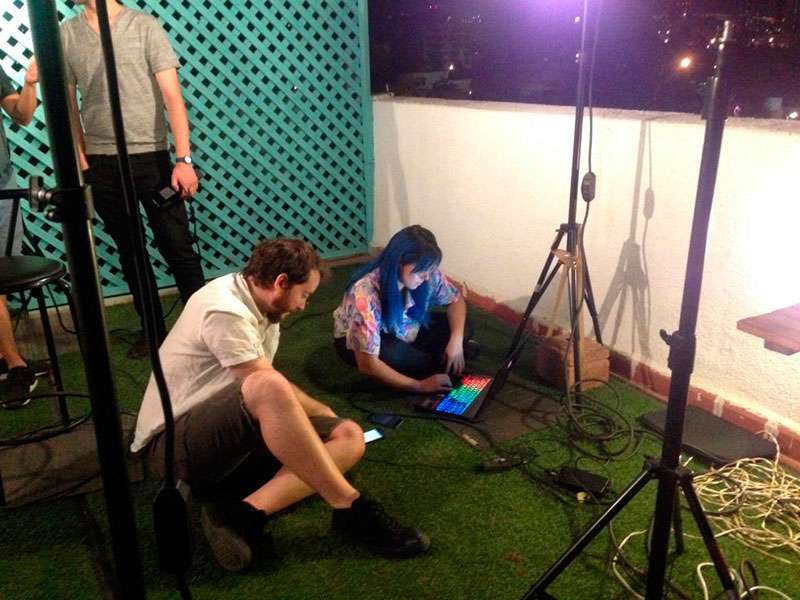
This is the final file printed in a Sindoh 3D Wox:
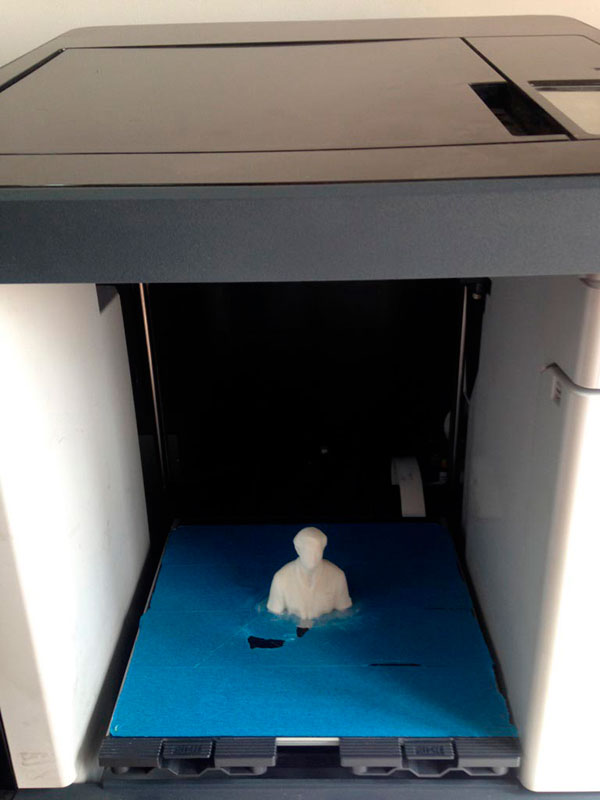
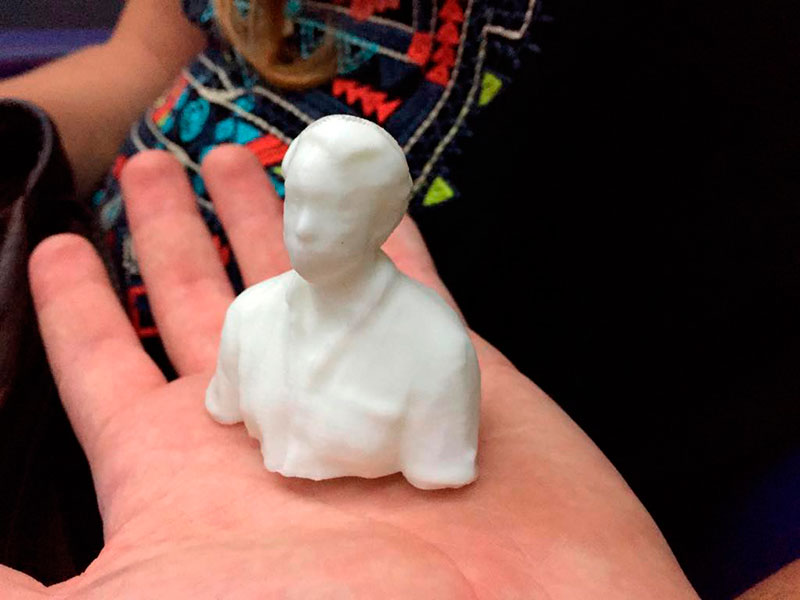

Este obra está bajo una licencia de Creative Commons Reconocimiento-NoComercial-CompartirIgual 4.0 Internacional.